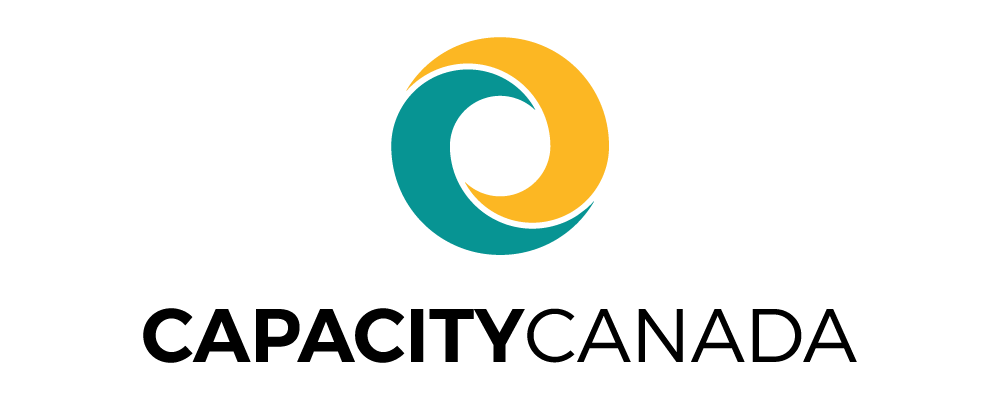A new word entered local business-speak almost 30 years ago, after Toyota announced it would build a car plant in Cambridge.
“Kaizen” rolled nicely off the tongue and it pointed to a work culture built on continuous improvement. Everybody at Toyota – from assemblers to folks riding swivel chairs in the front office – had a watchdog role to play in the quality of the cars coming off the line.
They were expected to point out flaws in parts or process, and put their heads together to improve the situation.
Now a group of charitable non-profits in Cambridge, ranging from neighbourhood associations to the United Way of Cambridge and North Dumfries, is going to see what kaizen can do for them.
They make up a new – and yet unnamed – consortium that will meet regularly, work on a challenge and move on to the next, in a continuous pursuit of improvement. The pilot project involves just under a dozen organizations.
There isn‘t any shortage of topics to get them started.
At a meeting June 25, they went over the results of an assessment collected by the Cambridge United Way. The agencies graded their overall performance at 78 per cent, but admitted they struggled in such areas as communications and evaluation.
Board governance, carrying out plans – they want help in those areas, too.
So where did the idea of dealing with that through a consortium come from? There is a back story.
The United Way in Cambridge has been working on stewardship and capacity-building among its member agencies. Not surprisingly, that put Kris Cummings of the United Way and Cathy Brothers of Capacity Canada (formerly Capacity Waterloo Region) into a conversation.
Brothers knew Scott Smith from the work Smith does with young companies based at the Accelerator Centre in Waterloo, which also houses Capacity Canada.
Smith, president of High Performance Solutions Inc., assembles companies and other organizations into consortiums. The oldest formed 21 years ago.
Consortium members, varied as their businesses and services may be, meet regularly to trade ideas and see whether a little kaizen-style group-think might fix a problem or two. Consortiums also connect with each other.
Smith comes at it from a background in continuous improvement at Allen Bradley, now Rockwell Automation. Since consortium-building with non-profits is new territory for him, Smith is shepherding the first phase of the pilot project on a voluntary basis.
There will be more news in the fall about how the new consortium is working. Meanwhile, here‘s what Smith had to say in a q-and-a about what he calls “the best job in the world:”
Why does shifting to a consortium model work for organizations?
“It provides them with an opportunity to see other organizations and share with other organizations to find the good things they are doing, and the not so good things. Traditional continuous improvement is small implementations, small wins. This allows an escalation of that . . . (Organizations) learn from each other a lot quicker, they push each other in a good way.
Consortium life is not for every organization. You have to be open to sharing. You have to be open to admitting that you don‘t do everything perfectly.
How many consortiums do you have?
Right now within our network, there are 10 . . . Within that network, there are probably close to 40 organizations.
Were you surprised by anything you heard this morning?
I expected the (non-profit) sector to have have the same problems as for-profit . . . I heard comments about leadership, about structure, about focusing too much on the day-to-day activity and not looking forward with strategy. All very consistent with health-care, or for-profit, or service organizations. (The non-profit group) may have unique problems with resources; but still, the core problems are very close.
Is it too simple to say the solutions might be the same?
The concepts to the solution may be similar, the application of the concepts will be different. What we do is work on the concepts. It‘s up to the groups to think about the concepts and figure our how to apply them in their own setting.
Are there things from the non-profit culture that will interest the other consortiums?
Think about the theory that innovation is born out of scarcity. If you don‘t have a lot, you tend to be more innovative . . . It sounds like the groups around the table (here) are very effective at getting the most out of their resources, so I think there is going to be a lot of good learning around that.
Is there a consortium of consortiums?
My job, as we grow, is to bring those together. In November, we have an event called Share Showcase. All the organizations have 10 minutes to present a best practice. It’s mass learning . . . You‘re able to network, build relationships. This group will have an opportunity to engage in that as well.

